Japan Travel Tips: Essential advice for first-time visitors
- First time in japan
- 30 Aug, 2025
Japan is a fascinating blend of ancient traditions and cutting-edge modernity that captivates travelers from around the world. As a first-time visitor, navigating this unique cultural landscape can be both exciting and overwhelming. This comprehensive guide will help you prepare for your journey to the Land of the Rising Sun with essential advice to make your trip memorable and stress-free.
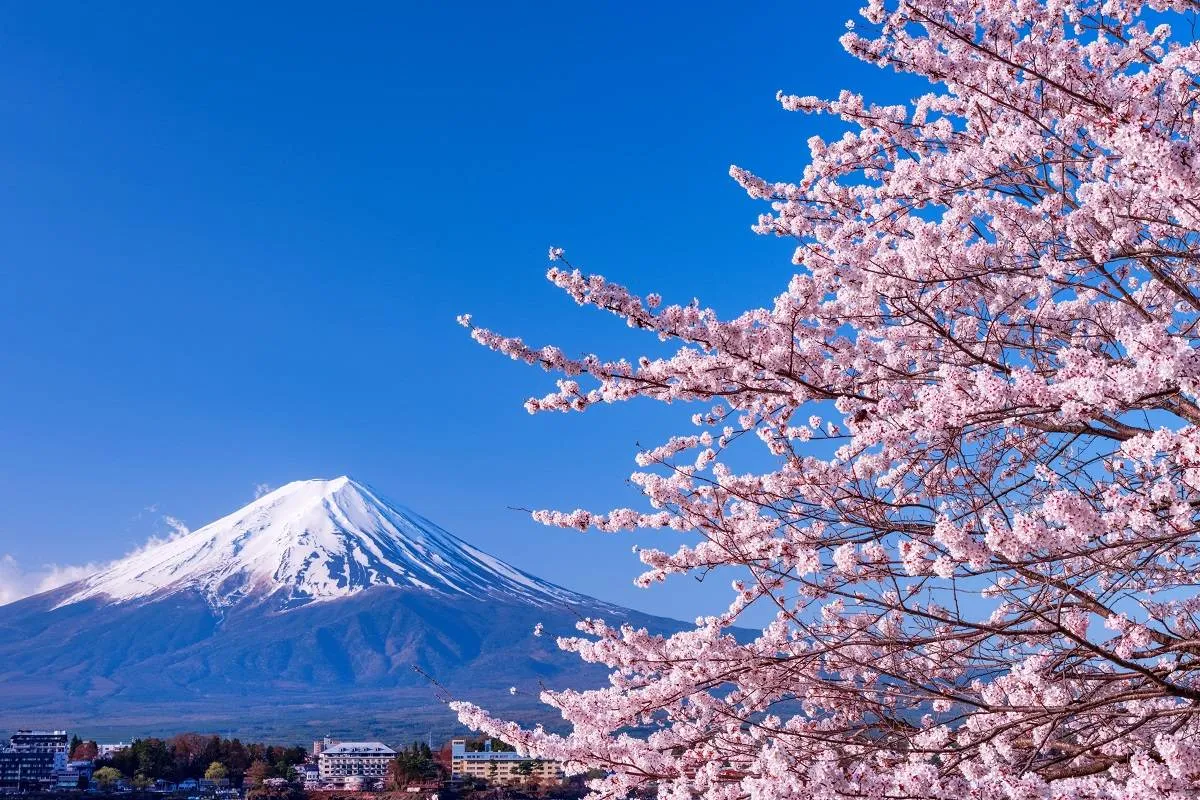
When to Visit Japan
Japan experiences four distinct seasons, each offering a different perspective on the country’s beauty:
Spring (March to May): The famous cherry blossom (sakura) season transforms the country into a pink wonderland. This is arguably the most popular time to visit, but be prepared for crowds and higher prices. Early April typically offers the best viewing opportunities in most regions.
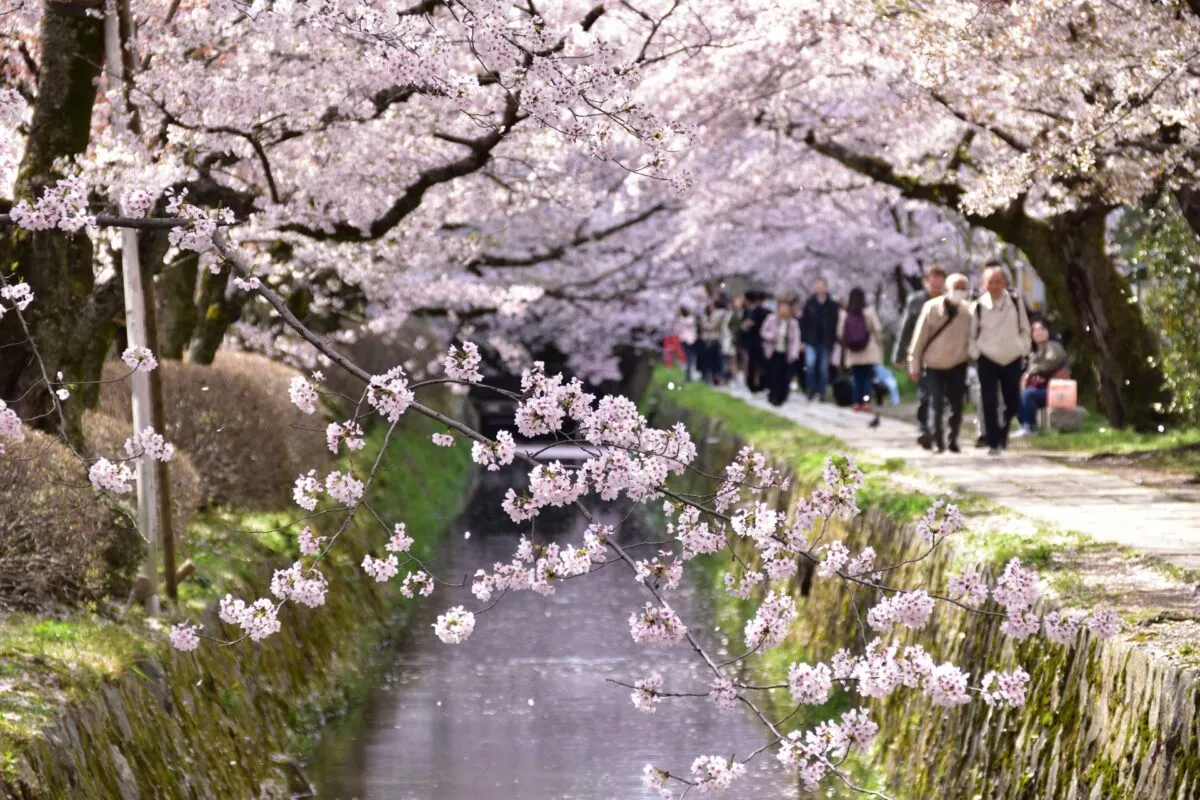
Summer (June to August): While hot and humid, summer brings vibrant festivals (matsuri) and the opportunity to hike in northern regions and the Japanese Alps. Consider visiting Hokkaido during this time for milder temperatures.
Autumn (September to November): The fall foliage rivals cherry blossom season in beauty, with vibrant red and gold leaves creating stunning landscapes, particularly in mountainous areas and gardens. Weather is typically pleasant with mild temperatures.
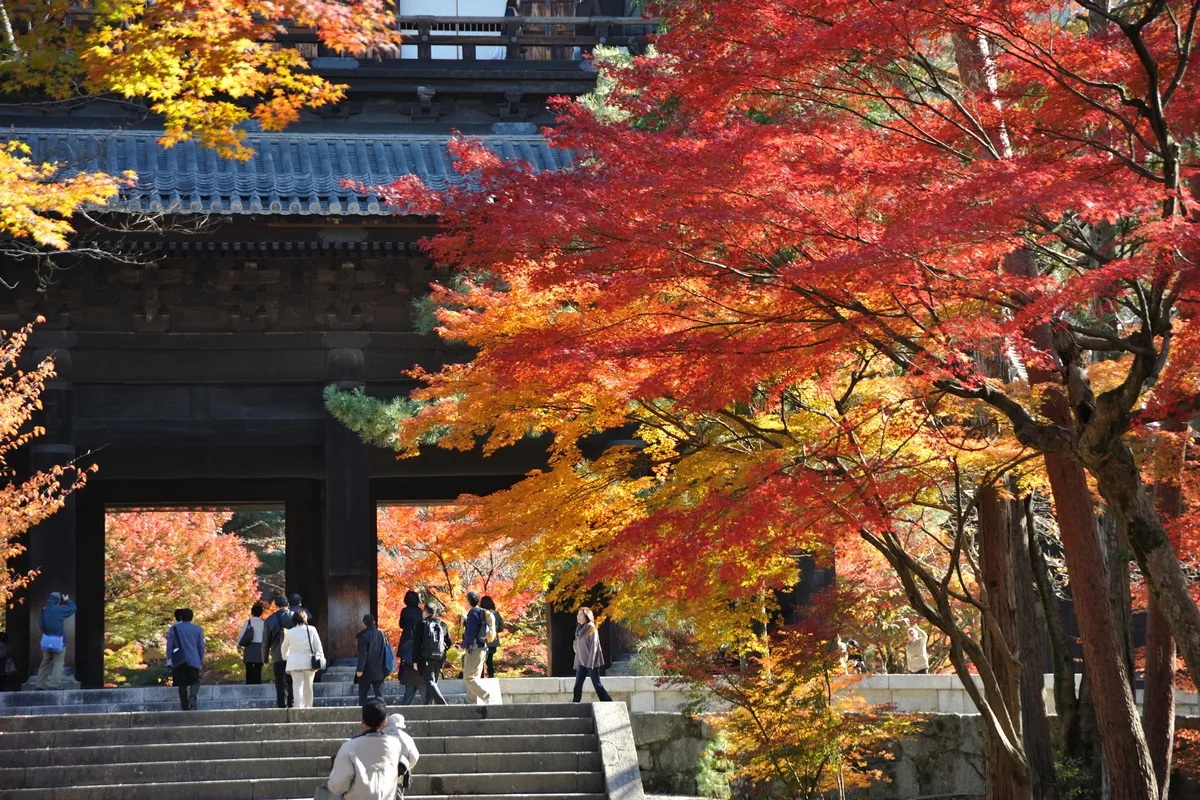
Winter (December to February): Northern Japan and the Japan Alps receive heavy snowfall, creating perfect conditions for winter sports enthusiasts. Southern regions remain relatively mild, and winter illuminations in major cities create magical nighttime scenes.
Transportation Tips
Japan Rail Pass
The Japan Rail (JR) Pass is one of the best investments for travelers planning to visit multiple cities. Available only to foreign tourists, this pass grants unlimited access to JR trains, including most shinkansen (bullet trains), for 7, 14, or 21 consecutive days.
Key points to remember:
- Purchase your JR Pass before arriving in Japan as it’s generally not available for purchase within the country
- Calculate whether the pass will save you money based on your itinerary
- Activate the pass only when you plan to start using it extensively
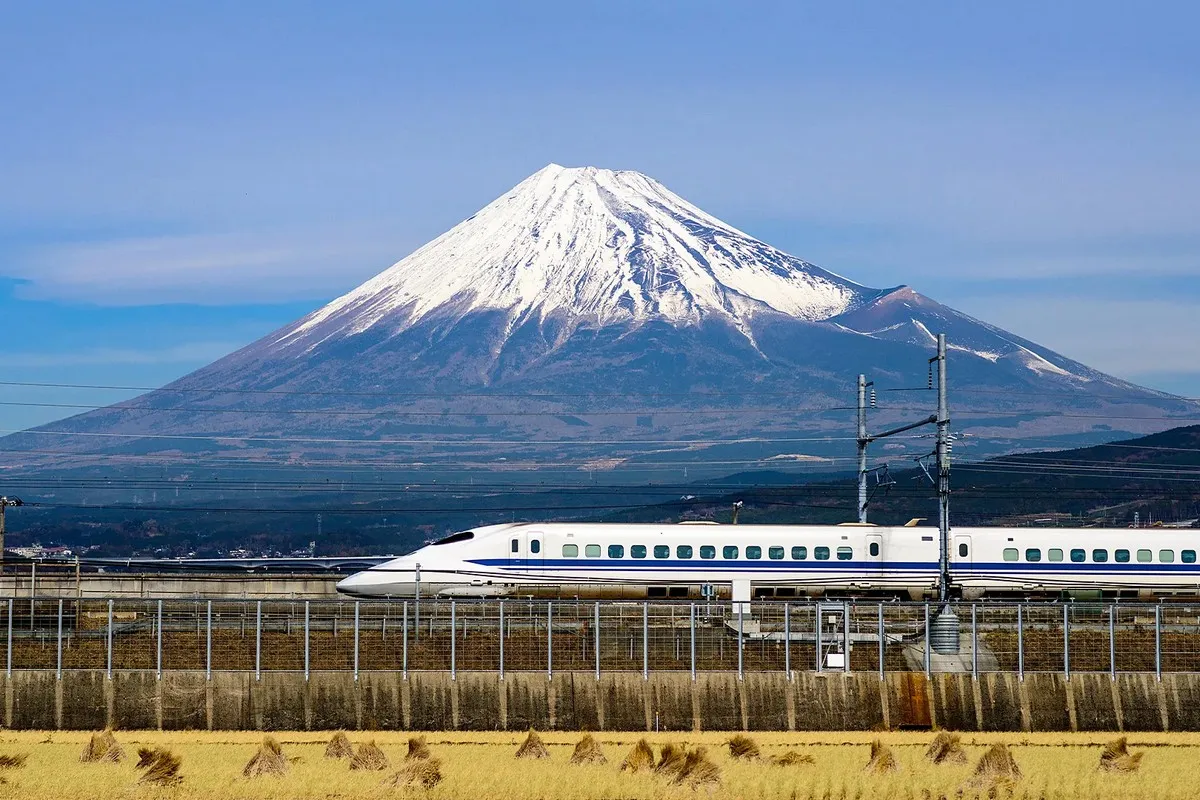
Public Transportation
Japan’s public transportation system is renowned for its punctuality, cleanliness, and efficiency:
- Consider getting an IC card (Suica, Pasmo, ICOCA) for convenient payment on trains, buses, and in many stores
- Download transportation apps like Japan Transit Planner or Google Maps for real-time navigation
- Be mindful of rush hour (7:30 AM to 9:00 AM) in major cities
- Trains stop running around midnight in most areas, so plan your evening activities accordingly
Language and Communication
While English signage is common in major tourist areas and transportation hubs, knowing a few Japanese phrases can significantly enhance your experience:
- “Arigatou gozaimasu” (Thank you)
- “Sumimasen” (Excuse me/I’m sorry)
- “Onegaishimasu” (Please)
- “Eigo ga hanasemasu ka?” (Do you speak English?)
Consider these communication tools:
- A pocket Wi-Fi or SIM card for constant internet access
- Translation apps like Google Translate or Papago
- Printed cards with your hotel address in Japanese to show taxi drivers
Etiquette and Cultural Considerations
Understanding Japanese etiquette will help you navigate social situations respectfully:
Shoes and Slippers: Remove your shoes when entering homes, traditional ryokans, some restaurants, and religious buildings. Look for shoe racks or shelves at the entrance.
Onsen (Hot Springs) Etiquette:
- Bathe and rinse thoroughly before entering the hot spring
- No swimwear allowed in traditional onsens
- Cover tattoos if possible (some establishments prohibit them)
- Don’t let your towel touch the water
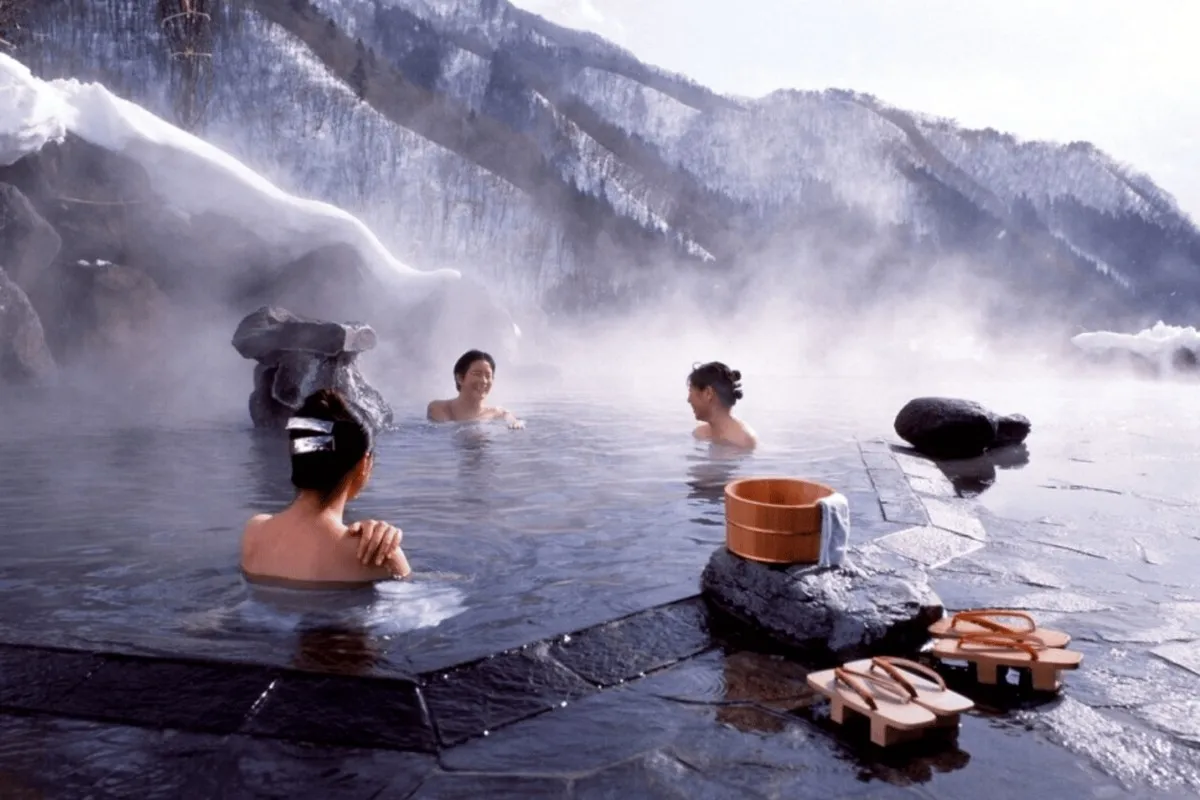
Dining Customs:
- Say “Itadakimasu” before eating and “Gochisousama deshita” after finishing
- Slurping noodles is acceptable and even appreciated
- Don’t tip (it’s not customary and may cause confusion)
- Use the oshibori (wet towel) to clean your hands before eating
Money Matters
Despite Japan’s technological advancement, cash is still king in many places:
- Carry sufficient cash, especially when venturing outside major cities
- 7-Eleven ATMs reliably accept foreign cards
- Inform your bank about your travel plans to prevent card blocks
- Keep track of your spending as prices can be higher than expected
Accommodation Options
Japan offers diverse lodging experiences to suit various preferences and budgets:
Ryokans: Traditional Japanese inns offering tatami-mat rooms, futon bedding, and often kaiseki (multi-course) meals. These provide an authentic cultural experience but tend to be more expensive.
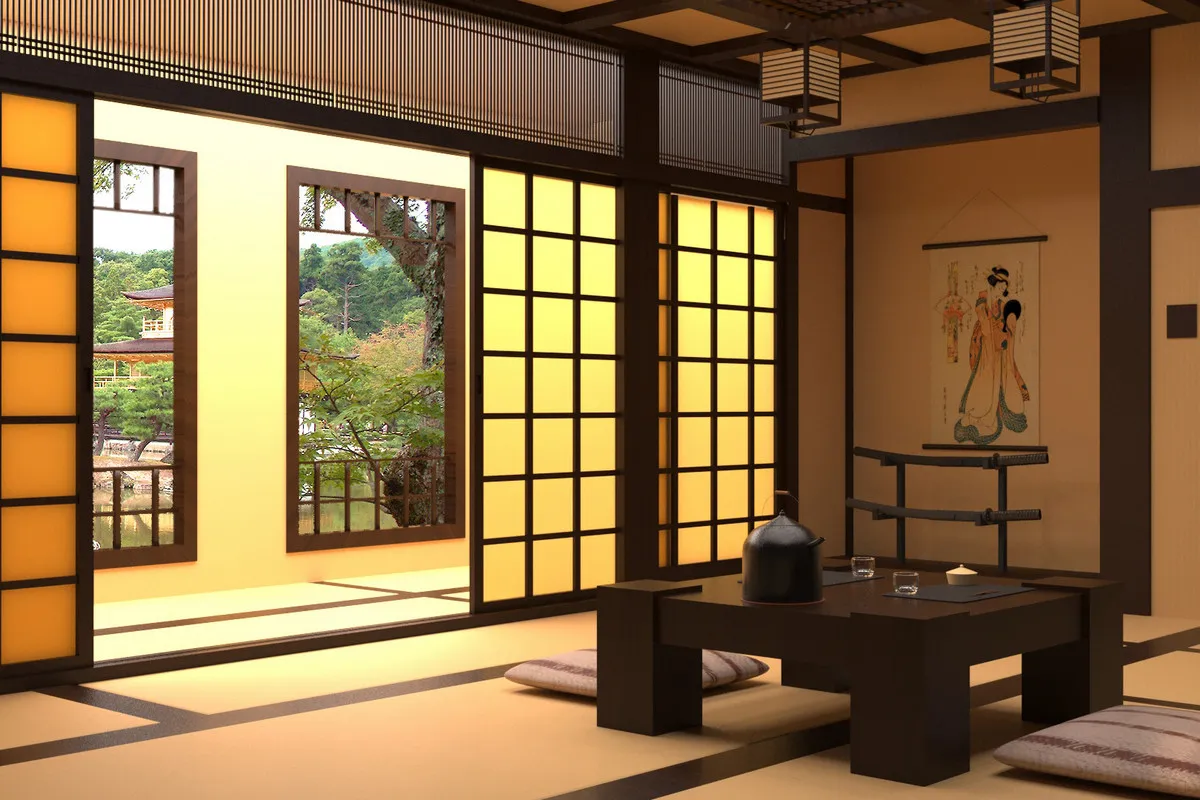
Business Hotels: Practical, clean, and affordable options with compact but efficient rooms. Perfect for travelers prioritizing location over luxury.
Capsule Hotels: Unique pod-style accommodations that provide a budget-friendly and quintessentially Japanese experience.
Minshuku: Family-run guesthouses that offer a glimpse into everyday Japanese life, often in more rural areas.
Must-Pack Items
Be prepared with these essential items:
- Comfortable walking shoes (you’ll be walking more than you expect)
- Portable battery pack for your devices
- Hand towel (many public restrooms don’t provide paper towels)
- Pocket trash bag (public trash cans are surprisingly scarce)
- Weather-appropriate clothing (layers are recommended)
- Medication and prescriptions (some foreign medicines are restricted)
Digital Conveniences
Enhance your trip with these digital tools:
- Japan Official Travel App for up-to-date information
- Google Maps for navigation (works surprisingly well even without data)
- Hyperdia or Jorudan for train schedules and routes
- Food translation apps like Waygo or Papago for deciphering menus
Managing Expectations
First-time visitors should be aware of these common surprises:
- Space Constraints: Hotel rooms, bathrooms, and some restaurants may be smaller than what you’re accustomed to
- Crowds: Popular attractions can become extremely crowded, especially during peak seasons
- Opening Hours: Many attractions, including some restaurants, close earlier than expected
- Seasonal Variations: Weather and crowds vary dramatically by season
- Regional Differences: Each region has its distinct culture, cuisine, and attractions
Sample Itineraries
For a first visit, consider these popular routes:
Classic 7-Day Itinerary:
- Tokyo (3 days)
- Hakone/Mt. Fuji area (1 day)
- Kyoto (3 days)
Two-Week Explorer:
- Tokyo (4 days)
- Hakone/Mt. Fuji (1 day)
- Kyoto (3 days)
- Nara (day trip)
- Hiroshima & Miyajima (2 days)
- Osaka (2 days)
- Takayama or Kanazawa (2 days)

Final Thoughts
Visiting Japan for the first time is an adventure that rewards preparation but also spontaneity. While planning is essential, leave room in your itinerary for unexpected discoveries. Embrace the unique blend of ancient traditions and futuristic innovations that make Japan such a captivating destination.
Remember that the Japanese concept of “omotenashi” (wholehearted hospitality) means locals are often willing to help lost travelers, even through language barriers. Approach your journey with patience, respect, and curiosity, and you’ll discover why so many visitors fall in love with Japan and return again and again.
Keywords: Japan travel tips, first-time Japan visitor, Japan Rail Pass, Japanese etiquette, best time to visit Japan, onsen etiquette, Tokyo travel, Kyoto travel, Japanese accommodation, transportation in Japan, Japan itinerary, cherry blossom season Japan, Japanese culture, Japan budget tips, Japan travel guide